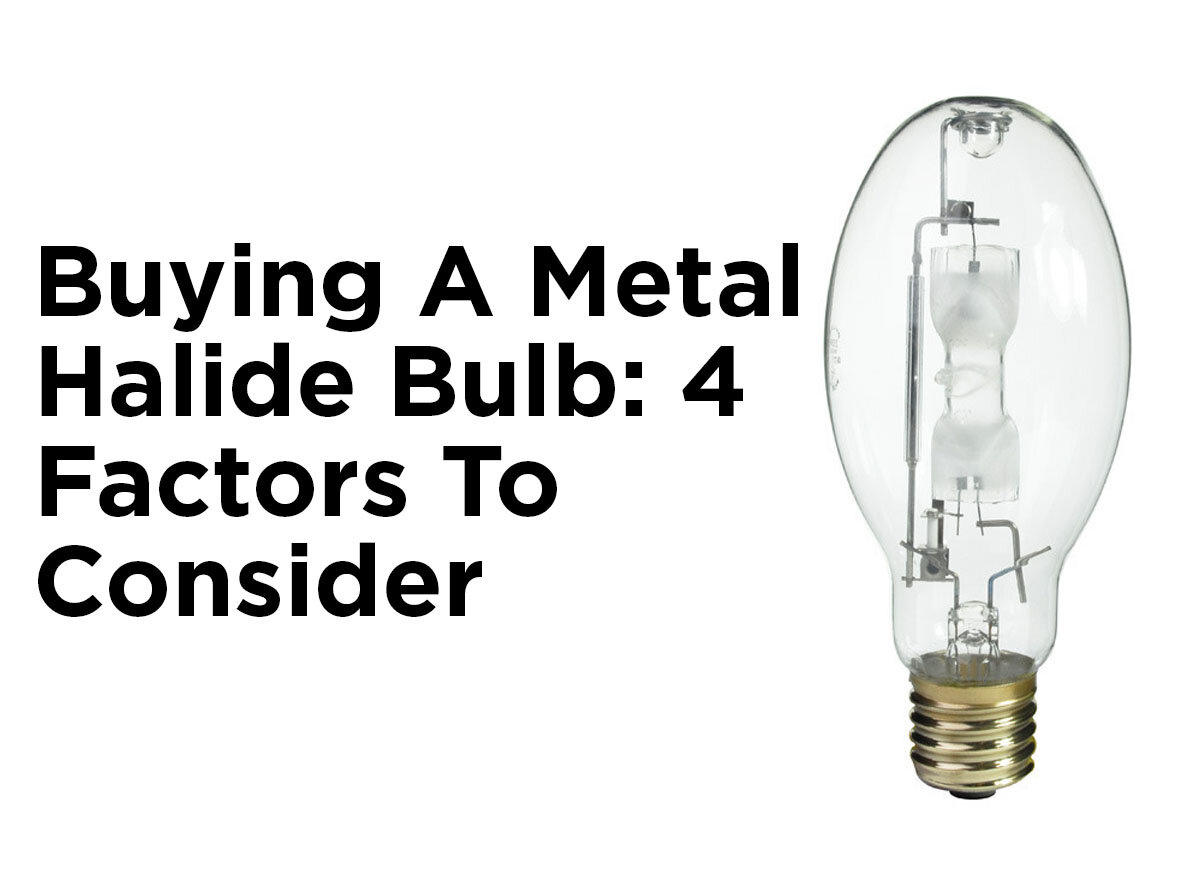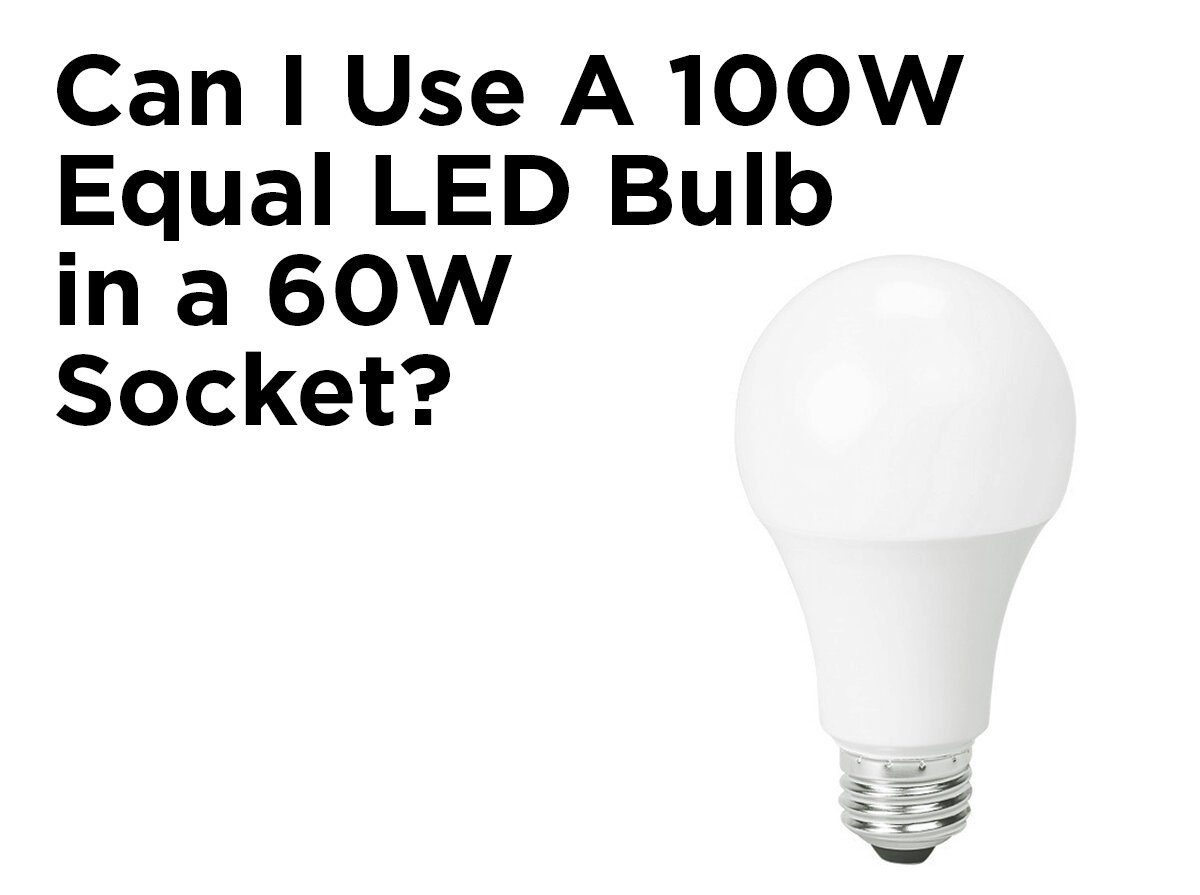How to Buy a Light Bulb
Replacing a burned out light bulb can be a daunting task, especially when it’s for an uncommon use or fixture. The good news is we can make that process a bit easier. Since top considerations for choosing a new bulb include fixture, technology, wattage and color temperature, answering these four questions will give you a strong foundation for your search.
1. What fixture is your light bulb for?
Unsurprisingly, certain light bulbs are more common in certain kinds of fixtures than others. Was your old light bulb in a ceiling fan fixture or the vanity light in your bathroom? Was it used for a special application, such as in your car or refrigerator? Was it used outdoors or perhaps in your office? You get the idea. After unscrewing your burned-out bulb and examining it for relevant information such as brand name or wattage, you’ll need to consider its application and check the requirements of the fixture.
You also need to make sure your new bulb has the right bulb shape and base type. Sometimes, all you have is your old light bulb to guide you—take it with you to the store or have it out when browsing your options online. Popular household bulb shapes include A19, decorative chandelier, and outdoor reflector (PAR, MR, and BR-type bulbs), but here is a longer list of common household bulb shapes if none of these fit the bill.
Moreover, having the right base type on your bulb ensures it will screw into your fixture properly. Typically, you’ll need an A19 with a medium base for a ceiling fan light fixture or lamp, or a chandelier bulb with a candelabra base for a chandelier or wall sconce. Depending on application, light bulbs can be wide and varied. If you need further help identifying your bulb, ask one of our lighting experts here at 1000Bulbs.com. We’re always happy to help!
2. What light bulb technology should you use?
Light bulbs of all shapes and sizes come in a variety of different technologies. For example, there are LED A19 bulbs, CFL A19 bulbs, incandescent A19 bulbs, etc. Some technologies are more energy-efficient than others, and some are better suited for certain purposes. The five main types of lighting technology are incandescent, fluorescent, LED, halogen, and HID.
Incandescent: Incandescent lights are your inexpensive, tried-and-true light sources. However, they are very energy-inefficient compared to newer fluorescent or LED lights, and as you may have noticed, they don’t last very long. Chances are the light bulb that burned out was an incandescent. Perhaps the most popular incandescent light bulb is a 60-watt bulb with a medium base, which is typically used in a ceiling fan or lamp.
Fluorescent: Fluorescent lights are often made in a tube shape and used in commercial ceiling fixtures. Sometimes, fluorescent tubes are also used residentially in kitchens or garages. Since fluorescent lights are much more energy-efficient than incandescent lights, compact-fluorescent lights (the swirly light bulbs) have been made to replace them. Fluorescent lights come in special plug-in styles too, which are usually used commercially or outdoors.
LED: LED lights are the most advanced lighting options on the market. They are made to be energy-efficient replacements for bulbs used in residential, commercial, outdoor, and even industrial applications. When you figure out the bulb and base type you need, chances are it’s available in an LED style, too.
Halogen: Halogen lights are most popular in landscape lighting or automotive headlights. They produce bright, far-reaching light, and they also tend to emit a lot of heat. They are often used as outdoor reflector bulbs or infrared lights in heat lamps.
HID: HID (high-intensity discharge) lights emit even brighter, further-reaching light than halogens and are usually used in industrial or specialty applications such as outdoor street lighting, parking garages, stadiums, warehouses, and automotive headlights.
3. What wattage do you need?
Again, if the wattage you need isn’t specified on your old bulb, you can always check your fixture. Fixtures such as ceiling fans, lamps, or general overhead lights are rated to accept a certain wattage, which you can look up on the manufacturer’s website if it’s not printed on the fixture. The most common wattage used for bulbs in typical household applications is 60 watts—when replacing an incandescent bulb with another incandescent.
When replacing an incandescent with an LED or CFL bulb, however, they will typically be labeled in terms of wattage equivalence; “60W equal” bulbs, for example. These 60W equal bulbs may use as little as 8 watts to actually operate—this rating simply means that they produce as much light as 60W incandescents and will work fine in fixtures rated to accept 60 watts.
NOTE: If you’d like brighter light from your fixture, you may have to ignore the wattage equivalent rating and pay attention to lumens (which are the direct measurement of brightness—not watts, which measure power requirements) instead. Check out our helpful blog post to learn the average amount of lumens for popular incandescent bulbs.
4. Do you want bright, white light or comfortable, orange light?
The color of light, ranging from the orange glow of a candle to the bright blue light of the sun, is called color temperature. Color temperature has nothing to do with physical heat. The color temperature scale is even backwards from an ambient temperature scale: the lower the color temperature, the warmer (or more orange) the light is; the higher the color temperature, the cooler (or more blue) the light is. Measured in degrees Kelvin, most lights have color temperatures between 2700K and 6500K, and the particular color temperature you need depends on your room and application. Check out choosing color temperatures for more advice.
Summary
Finding a replacement light bulb can be easy if you break down the process into parts. Of course, it is most important to choose a light bulb that fits in the socket and operates correctly, but you also need to consider the quality of the light's brightness and color. Other specs you may need to consider will be listed on the bulb's Lighting Facts Label. but hopefully, we've been able to walk you through the basics.
Need lights for a certain room in your home? Check out our Home Lighting Articles and Guides!
So, are you left with any burning questions about choosing a new light bulb? We'd hate to leave anyone in the dark! Contact us below in the comments or on Facebook, Twitter, LinkedIn, Pinterest, or Instagram.








